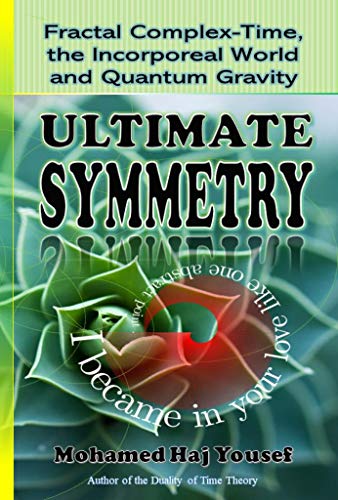i.3.1 Some Muslim Astronomical
Observations
Muslim scholars were seeking the physically configuration
of the Universe, that would be consistent with both mathematical and physical
principles, unlike the Greek tradition where the mathematical astronomy,
represented by Ptolemy, was considered separately from philosophical cosmology,
represented by Aristotle. Therefore, Muslim astronomers and philosophers began
questioning the technical details of the Ptolemaic system of astronomy. In the
early 11th century, Ibn al-Haytham (Latinized: Alhazen, 965 1037) wrote his
article On the Light of the Moon , which was the first successful attempt that
combined mathematical astronomy with physics and applied the experimental
method to astronomy and astrophysics, and formulated the relationship between
an ideal mathematical model and the complex of observable phenomena. Some other
astronomers discussed whether the Earth is moving, and considered how this
might be consistent with astronomical computations and physical systems. Other
Muslim astronomers, from the Maragha school of astronomy, developed
non-Ptolemaic planetary models within a geocentric context that were later
adapted by the Copernican model in a heliocentric context. In the 12th century,
Averroes rejected the eccentric deferents introduced by Ptolemy, arguing for a
strictly concentric model of the Universe [11].
Alhazen also was the first astronomer who conducted many
observations and determined that the Milky Way had no parallax, concluding that
it is very remote from the Earth and did not belong to the atmosphere [15],
while al-Biruni (973 1048) proposed that it is a collection of countless
fragments of the nature of nebulous stars. Al-Sufi (known in the West as
Azophi) was also the first to observe the Andromeda Galaxy, and he described it
as a small cloud. He also identified the Large Magellanic Cloud, which is
visible from Yemen, and he published his findings in his Book of Fixed Stars in
964.
In 850, in his book A compendium of the science of stars ,
al-Farghani summarized the earlier Ptolemic cosmography, and then corrected
Almagest based on findings of earlier Iranian astronomers, giving revised
values for the obliquity of the ecliptic, the precessional movement of the
apogees of the Sun and the Moon, and the circumference of the Earth. This and
many other famous astronomical books were widely circulated through the Muslim
world, and later translated into Latin.
Also in contrast to ancient Greek philosophers, who
believed that the Universe had an infinite past with no beginning, medieval
philosophers and theologians developed the concept of the Universe having a
finite past with a beginning in time, known as temporal finitism. They used two
logical arguments against an infinite past, the first being the argument from
the impossibility of the existence of an actual infinite , and the second is
the argument from the impossibility of completing an actual infinite by
successive addition . Both arguments were adopted by later Western philosophers
and theologians, and the second argument in particular became more famous after
it was adopted by Kant in his thesis of the first antinomy concerning time.
In his Incoherence of the Philosophers, Al-Ghazali defended
the Ashaari doctrine of a created Universe that is temporally finite, against
the Aristotelian doctrine of an eternal Universe. In doing so, he proposed the
modal theory of possible worlds, arguing that their actual world is the best of
all possible worlds from among all the alternate time-lines and world histories
that God could have possibly created.


















